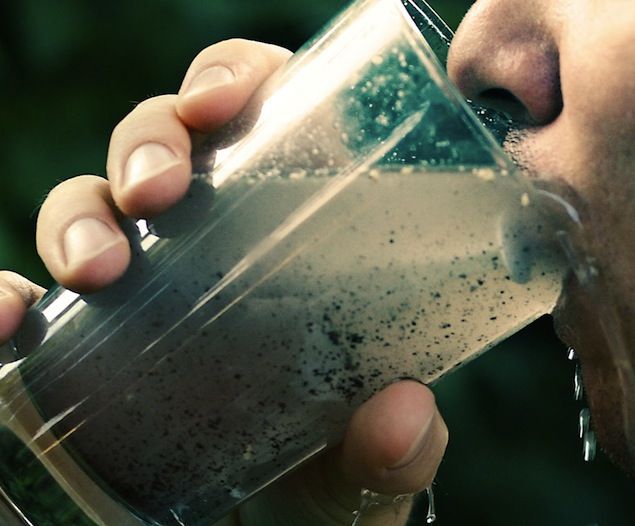Guidance on Identifying Potential Sources of Water Contamination
Published on by Water Network Research, Official research team of The Water Network in Academic
The Water Research Foundation and the American Water Works Association have published a new report that developed a detailed methodology for identifying potential sources of contamination upstream of drinking water intakes.
 'A Methodology for Locating and Managing Dynamic Potential Source Water Contaminant Data' was designed to help water utilities complete and update source water characterizations, develop action plans, implement source water protection (SWP) practices, and evaluate and revise their SWP programs.
'A Methodology for Locating and Managing Dynamic Potential Source Water Contaminant Data' was designed to help water utilities complete and update source water characterizations, develop action plans, implement source water protection (SWP) practices, and evaluate and revise their SWP programs.
This report is written to complement the American Water Works Association (AWWA) G300 Standard and provide guidance on the delineation of upstream zones of concern, collection of water quality/quantity data, and identification of contaminant sources and land use patterns.
The work also contributes to emergency preparedness, incident response, and health and safety management efforts.
The methodology for data collection, quality assurance, and data management was developed and tested at five pilot sites with the three partner utilities: West Virginia American Water, Aqua Pennsylvania, and Greater Cincinnati Water Works. Implementing the methodology detailed in this report may help utilities with several SWP practices:
- Prioritize specific sites for follow-up data collection or emergency response planning activities
- Implement and manage contaminant warning and event detection technologies
- Collaborate with others in the drinking water community to prioritize and fill gaps regarding physical, chemical, or toxicological properties of contaminants
- Regularly review and update source water data, risk assessments, SWP priorities, and response plans
- Conduct spill response exercises
- Develop emergency response protocols
“Identifying sources of contamination before they occur is a crucial measure in protecting public health,” said Rob Renner, CEO of the Water Research Foundation. “Equipped with this information, water utilities will be better prepared to prevent and respond to contamination events.”
Read and download full report here
Source: Business Wire
Media
Taxonomy
- Treatment
- Decontamination
- Academic Study
- Contaminants
- Pollution
- Contaminant Control